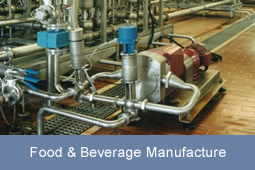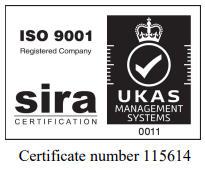Definition
COD - Chemical Oxygen Demand is a laboratory test that takes two hours to complete and calculates the oxygen demand of a discrete sample under specific conditions, used to indicate water quality. Alternative recognised methodologies such as TOC (Total Organic Carbon) allow continuous measurement and the prediction of poor water quality. The Protoc TOC analysers may be configured to rapidly report TOC, TC (Total Carbon) or DOC (Dissolved Organic Carbon) and include MCERTS accreditation.
Methodology
A settled grab sample is mixed with an oxidising agent (typically potassium dichromate acidified with sulphuric acid and a mercuric salt catalyst) and heated to 120°C for over a 2 hour period using a reflux condenser. The residual amount of oxidising agent correlates to the COD of the sample.
Limitations Of Test
The recognised method takes two hours to perform and uses a discrete sample.
On-line versions are semi-continuous taking up to 30 minutes to perform.
Real time events of peak load may be missed.
The technique is not always suitable especially for control applications.
The reagents are classified as hazardous and spent reagent needs careful disposal.
Alternative On-line Methodology
Total Organic Carbon - TOC can be used to report the dissolved organic compounds in less than 3 minutes. By determining the TOC or dissolved organic component of a sample stream, a correlation may be set up with COD that is typically a 1:3 relationship (the process must be predominantly organic in its nature). Peak organic loads may therefore be determined in real-time.
More Information











